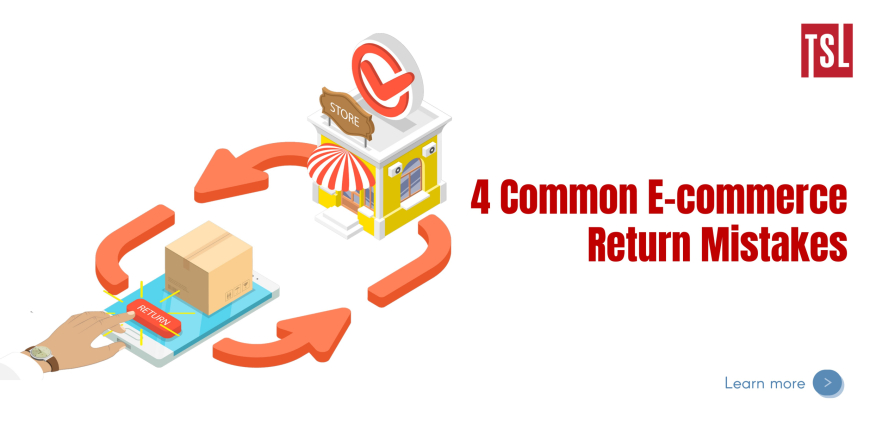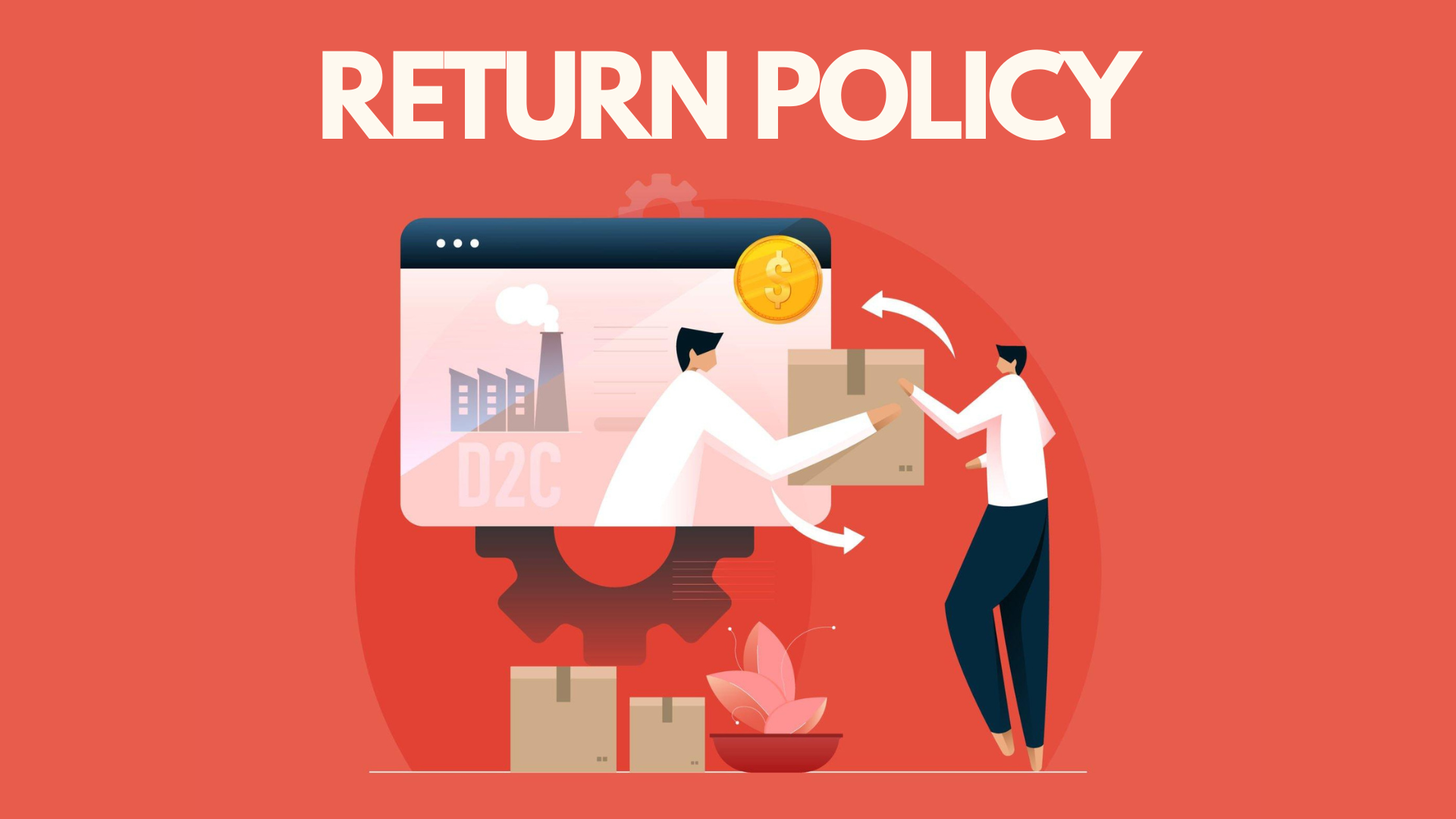4 Common E-commerce Return Mistakes
According to the National Retail Federation, the average return rate for e-commerce platforms in 2022 was 16.5%. Although this figure has significantly decreased compared to previous years, it still signals an alarming trend in revenue loss due to return activities in e-commerce operations.
The majority of returns are due to product damage, improper amounts, or goods that do not match their descriptions. In general, returns are normal if items fail to fulfill customers’ expectations. Each e-commerce platform has its own reverse logistics method for handling return requests. Generally, this process is referred to as “reverse logistics”. When the business receives a “return order” request from customers, the returned products are recorded in the inventory management system. Sellers and shipping partners work together to return the order to its point of origin.
However, many e-commerce platforms and suppliers have complicated return processes that require customers to go through numerous steps to satisfy their requirements. Furthermore, a lack of consistent communication between parties might result in more difficulties, reducing good sentiment and client satisfaction in the purchase experience.
The following are common mistakes in processing “Return Orders” that e-commerce companies regularly make, as well as ideas for overcoming and improving the return order management process:
Mistake 1: Inadequate Return Policy
To comply with regulatory obligations and safeguard consumers, most online shops offer return policies. However, the terms of these policies might vary substantially. Return policies should give clear information regarding eligible return goods, necessary conditions for returned things, and the return completion procedure, in addition to outlining timescales. Unclear processes or binding requirements can lead to confusion and delays in processing returns, failing to safeguard user policies and resulting in loss of returned goods.
Solution: Develop In-Depth Return Policy
Return policies should outline detailed regulations and conditions for eligible return items. For example, items must include attached labels, remain in their original packaging, and remain untouched. Certain items might be ineligible for return, such as undergarments, swimwear, or jewelry due to hygiene concerns. Additionally, specifying reasons, warranties, exchange policies, accepted return scenarios, refund timelines, and return triggers should be meticulously managed. In cases of disputes, a well-structured and logical return policy will benefit businesses and enhance its applicability. Seeking advice and support from legal experts in commerce administration can help design a comprehensive return policy.
Mistake 2: Offering Free Return Services for All Orders
While a free return and delivery policy may satisfy customer satisfaction, it can strain financial resources for retailers and support platforms. Providing free returns, on the other hand, may promote higher return rates. Customers may make less cautious purchase judgments when there are no impediments to returns, resulting in improper choices and excessive returns.
Solution: Provide Conditions for Free Return Services
Consider providing free return shipping only in certain cases, such as when things are damaged or malfunctioning. This assures that clients have return rights and the best possible help if the issue is beyond their control. Retailers can then maintain control over suitable return grounds.
Mistake 3: Failure to Gather and Analyze Return Data
Understanding the reasons for customer returns and return order information can provide insight into trends and issues your business currently faces. Neglecting to collect and analyze this data means you are missing valuable insights that could improve customer satisfaction.
Solution: Incorporate Data Collection into Return Processes
To efficiently reduce return rates, incorporate simple information survey forms into the return process. These forms can help gather statistics on the reasons for returns and formulate suitable strategies for improvement.
Mistake 4: Not Allowing In-Store Returns (if applicable)
When a customer purchases an item online and discovers that it doesn’t meet their needs, they may find it inconvenient not to be able to return the item in a nearby physical store.
Solution: Multichannel Returns
Retailers can use integrated systems to manage return processes from various channels. Uniform return policies across different channels help avoid confusion and maintain transparency for customers.
Recognizing the significance of handling return orders, TSL has been at the forefront, delivering tailored solutions for online sellers, e-commerce enterprises, and multi-channel businesses to streamline their operations effectively. The comprehensive solutions offered by TSL encompass centralized multi-channel order management, seamless integration with shipping units, and more. This integrated solution empowers businesses to enhance control, cut costs, and effortlessly manage returns, addressing key issues such as:
- Integration necessities for multi-channel sales and returns
- Efficient management of fulfillment warehouse systems
- Seamless processing, verification, and coordination of return orders
TSL can assist any business in creating an optimum and efficient IT system for management, suited to particular demands, assuring the most cost-effective and relevant solutions, by employing a team with extensive knowledge and expertise.
Source: Whiplash









